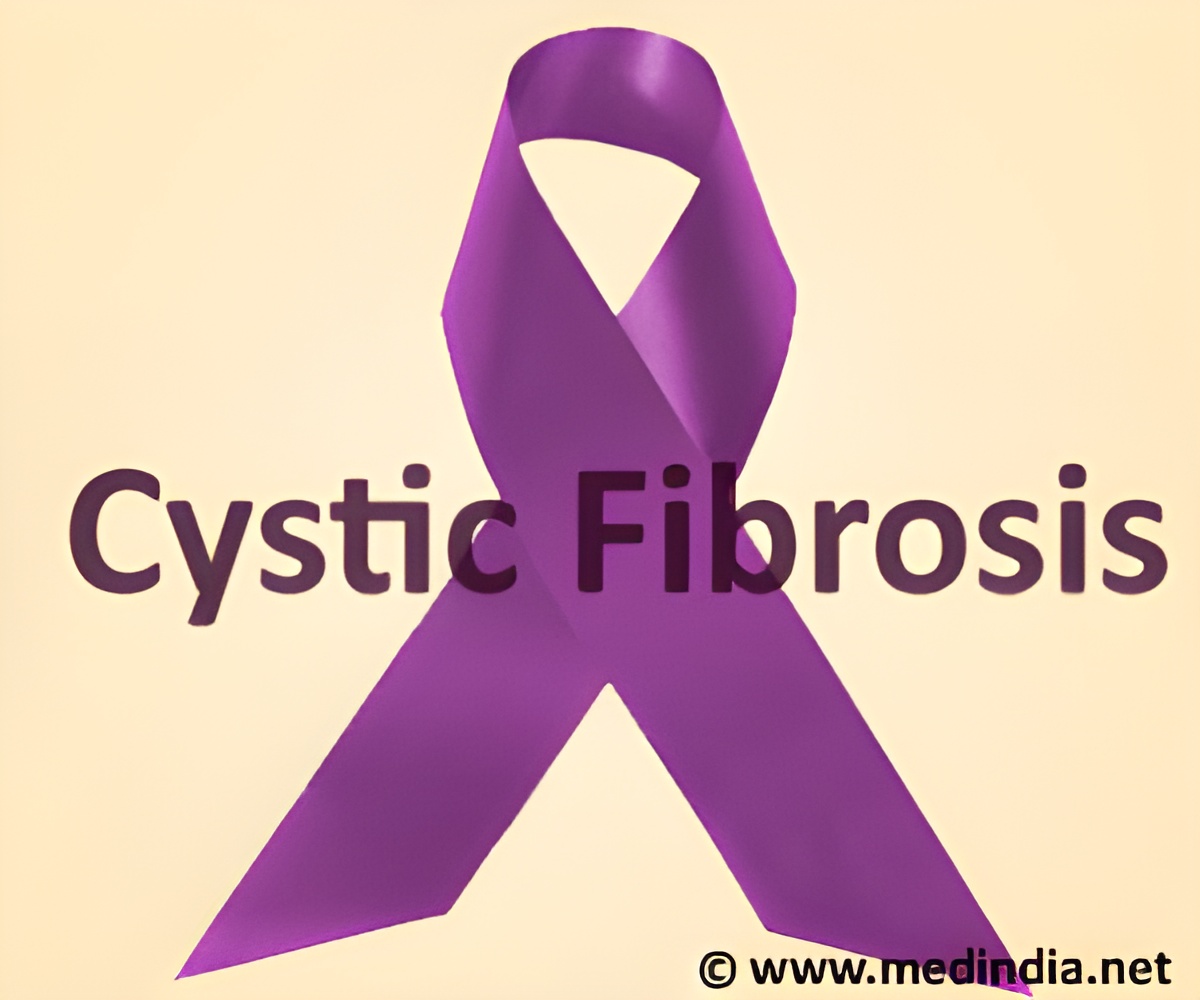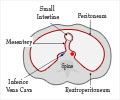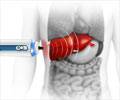Cystic fibrosis is a common genetic disease within the white population in the United States. The disease occurs in 1 in 2,500 to 3,500 white newborns.

‘Naturally fluorescing polymer nanoparticles can be used to detect a key marker of cystic fibrosis.’





“Salt concentrations can be important for many health-related conditions,” said Jian Yang, professor of biomedical engineering. “Our method uses fluorescent molecules based on citrate, a natural molecule that is essential for bone health.” Compared to other methods used for chloride detection, Yang’s citrate-based fluorescent material is much more sensitive to chloride and is able to detect it over a far wider range of concentrations. Yang’s material is also sensitive to bromide, another salt that can interfere with the results of traditional clinical laboratory tests. Even trace amounts of bromide can throw off test results. With the citrate-based sensor, Yang’s group can distinguish the difference between chloride and bromide, and are working to establish a possible new standard for bromide detection in diagnosis of the disease.
Yang is collaborating with Penn State electrical engineer, Professor Zhiwen Liu, to build a handheld device that can measure salt concentrations in sweat using his citrate-based molecules and a cell phone. This could also be useful in developing countries where people have limited access to expensive analytical equipment.
“We are developing a platform material for sensing that is low cost, can be automated, requires no titration by trained staff or expensive instrumentation as in hospitals, and provides fast, almost instantaneous, results,” he said.
In a paper titled “Citrate-based fluorescent materials for low-cost chloride sensing in the diagnosis of Cystic Fibrosis,” recently published online in a Royal Society of Chemistry (RSC) journal Chemical Science, Yang compared their citrate sensors against the gold standard sweat test performed in a clinical laboratory. Their results were similar.
Advertisement
According to the U.S. National Library of Medicine, “Cystic fibrosis is a common genetic disease within the white population in the United States. The disease occurs in 1 in 2,500 to 3,500 white newborns. Cystic fibrosis is less common in other ethnic groups, affecting about 1 in 17,000 African Americans and 1 in 31,000 Asian Americans.”
Advertisement
Also contributing to this work are Yang’s former postdoctoral fellow Dr. Zhiwei Xie and Michael Creer, M.D., a professor in the Penn State College of Medicine and chief of clinical pathology along with his colleague, Chris Pederson, who verified the results in clinical laboratory, and the previously mentioned professor of electrical engineering, Zhiwen Liu.
This work was supported in part by grants from the National Institutes of Health and the National Science Foundation.
Source-Newswise












